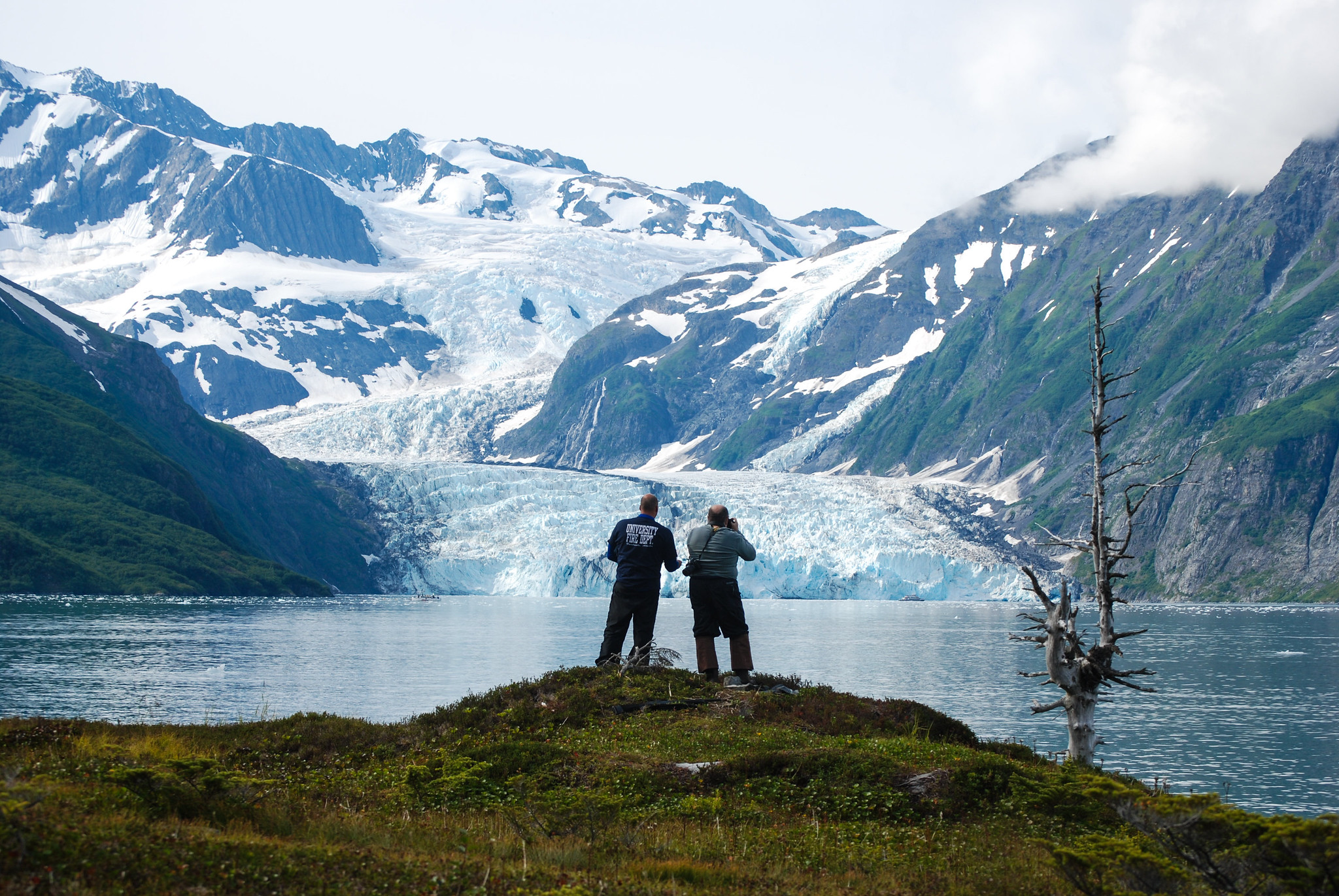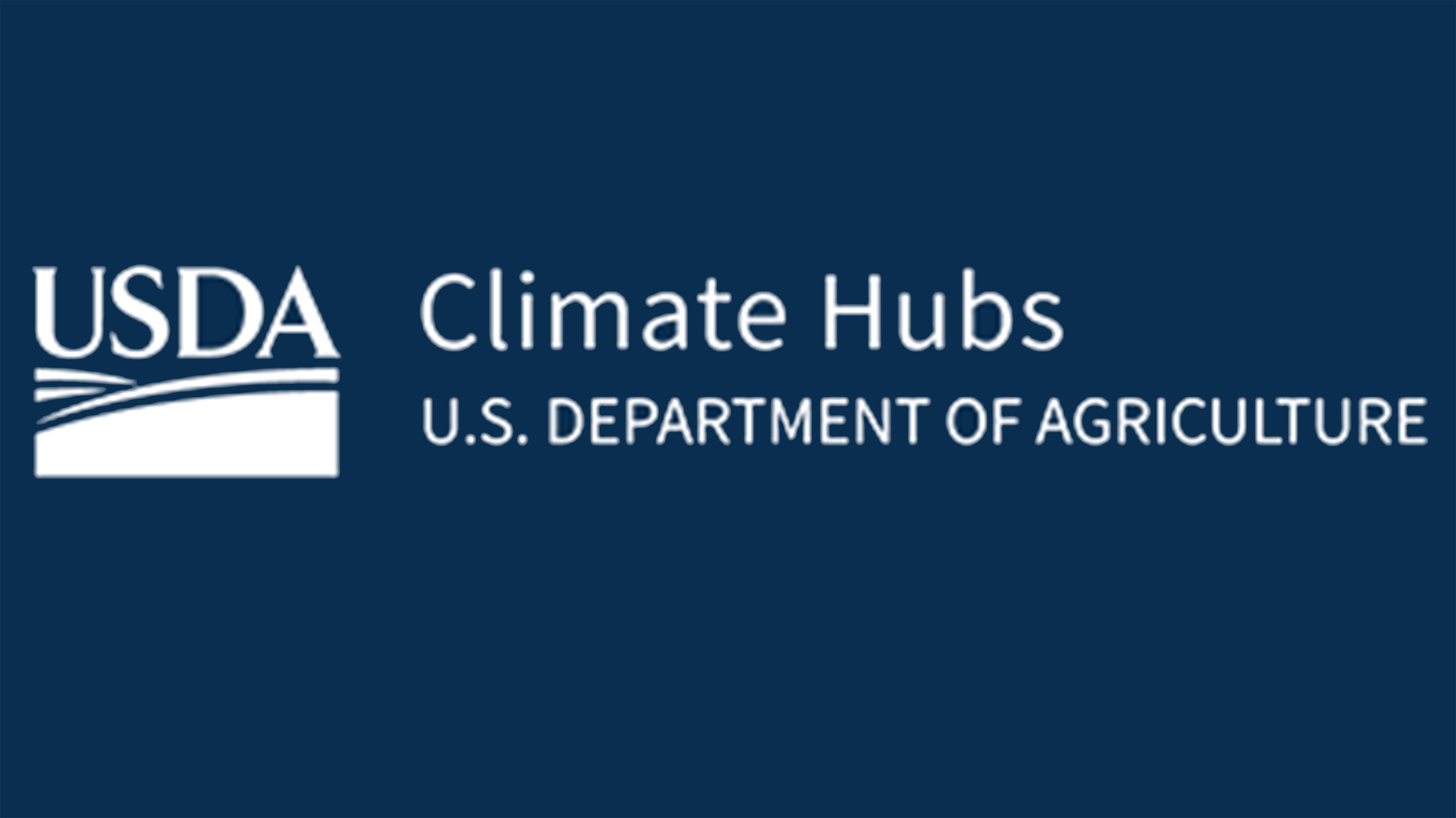Climate Science
 Climate refers to the average meteorological conditions and patterns in a region over a long time period. These meteorological conditions include measurements such as temperature, precipitation, and wind. In other words, climate can be described as the 'average weather'. Although weather can change rapidly from day to day and can be difficult to predict, climate is much more predictable. For example, the weather where we live dictates what we wear each day, which can change dramatically from one day to the next. However, the climate influences the type of clothes we have in our closet, which is generally consistent from year to year (CCRC).
Climate refers to the average meteorological conditions and patterns in a region over a long time period. These meteorological conditions include measurements such as temperature, precipitation, and wind. In other words, climate can be described as the 'average weather'. Although weather can change rapidly from day to day and can be difficult to predict, climate is much more predictable. For example, the weather where we live dictates what we wear each day, which can change dramatically from one day to the next. However, the climate influences the type of clothes we have in our closet, which is generally consistent from year to year (CCRC).
Climate science investigates the earth’s climate, incorporating many disciplines including meteorology, oceanography, physics, chemistry, ecosystem sciences, and more.
Text from the USDA Forest Service Climate Change Resource Center (CCRC)
-
Regional Data and Research
Cochran fellows visit tile drainage experimental fields and pastures at Iowa State University.
-
Growing Seasons in a Changing Climate
The frost-free season length, defined as the period between the last occurrence of 32°F in the spring and the first…
-
Forests in a Changing Climate
The aerial application of yellow straw continues to mitigate soil and ash runoff from the mountainous terrain leading…
-
Dealing with Drought
Two ranchers walk across the parched dried soil where weeds provide the only color from the grays and browns of baked…
-
Climate Change 101

Frequently asked questions and answers are from the USDA Forest Service Climate Change Resource Center (CCRC), which…
-
Understanding and Assessing Climate Change: Implications for Nebraska 2014
Understanding and Assessing Climate Change: Implications for Nebraska documents many of the key challenges that…
-
Colorado Climate Plan 2015 Regional Assessment
The Colorado Climate Plan is a statewide strategy of policy recommendations and actions to mitigate greenhouse gas…







